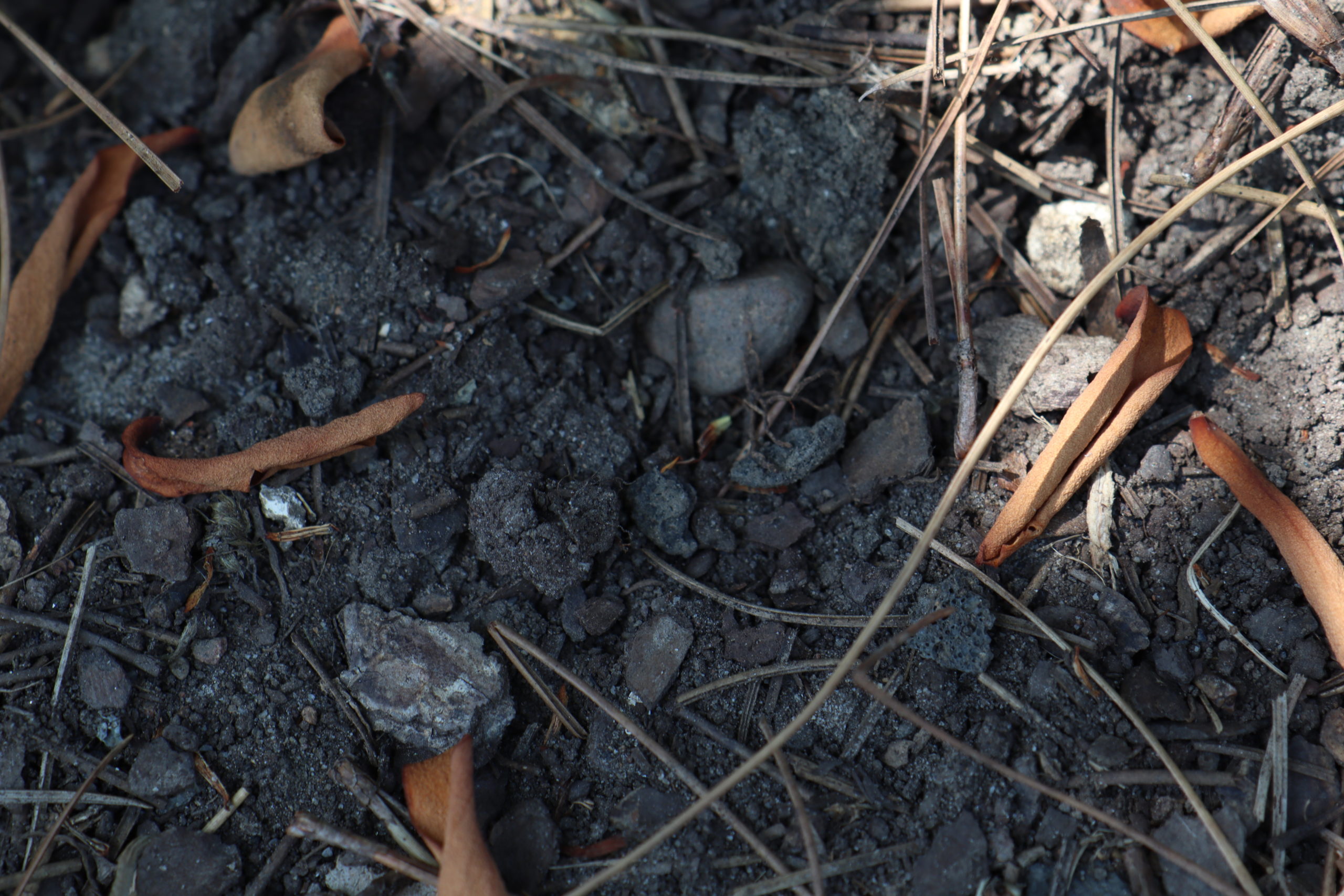Author: Anna G. Aquino
Soil is the heart of the matter. An understanding of soil informs most of the organic and sustainable tenets. If you want to use sustainable methods, you have to know dirt. Soil is the earth’s digestive system and may well be our most valuable natural resource. Plants are the only organisms with the remarkable ability to capture the sun’s energy and turn it into the food that nearly all life forms depend on for survival, and most plants make their home in soil. About 40% of plants’ sun-generated carbon-based products like amino acids and sugary root exudates enter the soil and are consumed by the array of little creatures that reside there—bacteria, fungi, protozoa, nematodes, earthworms, and insects. Additionally, atmospheric carbon is absorbed by plants and pumped into the soil where it can be stored for hundreds of years.
The world’s soils hold twice as much carbon as the atmosphere, but the amount of carbon storage is declining as we lose our organic topsoil and deforest the planet. Elaine Ingham, the renowned soil microbiologist who coined the term “soil food web,” explains that in a naturally occurring ecosystem, organic material falls to the ground and is decayed by microbes to release nutrients to replenish the soil. (1) Plants provide carbon-rich products to the soil organisms to promote their population growth and the organisms provide the plants the nutrients that they need to survive. (2) Spaghetti-like strands of fungal hyphae are made mostly of carbon and thus are an important way atmospheric carbon, the primary greenhouse gas, is stored in the soil. This is carbon sequestration. (3) In August, we will discuss how healthy soil sequesters carbon.
The soil in an organic system continually improves compared to a system based on synthetic inputs in which salty and acidic fertilizer applications kill soil biology leading to a dependency upon synthetic fertilizers because natural soil fertility is lost. An organic approach to soil building improves water quality by reducing erosion because organic material increases the water-holding capacity of the soil. Rather than simply running off, more water is available to plants, reducing the required frequency and duration of irrigation. (4) The best way to improve plant health and vigor is to provide a dead layer of plant matter on the soil surface. In a naturally occurring ecosystem, the organic material falls to the ground and decays to replenish the soil. In a process that feeds itself, the more material decays the more microorganisms flourish, further breaking down material and adding nutrients back to the system. This system is essential for healthy plants and sustainable gardens. Below ground fungi assist trees in absorbing nutrients and minerals, especially mycorrhizae. These fungi grow into the roots and grow throughout the soil, bringing nutrients to trees from a great distance. All the fungi ask for are exudates like sugar from the trees. The nutrients that the roots get from deep in the subsoil, thanks to the fungal assist, end up in the leaves which fall and decay and now exist in the topsoil. Recycling at its finest.

Allowing dead plant material to remain in planting beds rather than the common maintenance practice of assiduously removing is sustainable, as well as a valuable labor-saving practice. One of my organic gardening heroes, Paul Tukey of Glenstone Museum proclaims “they are called leaves for a reason, you leave them!” Leaves are processed by microbes and broken down, releasing nutrients. The soil building stage is when an organic approach can be more expensive, if organic amendments are indicated through soil testing. Microbes and insects, especially earthworms aka nature’s rototillers, manage soil structure and aeration; a healthy soil should be 50% pore space. As time passes, the soil in an organic system becomes self-sustaining with no inputs required. Remember, we are feeding and aerating microbes in an organic system, they do the same for the plants.

As we know, the soil type in one particular location is one factor that determines what type of plants will thrive there. In future posts, Capital Trees will share our work and progress on improving the soil in the landscapes we manage including mulching practices, composting, and soil testing. Check back on August 10 for more details on improving the soil and on August 24 for managing weeds with sustainable practices with soil quality in mind.
(1) Soil, Food, Web: https://www.soilfoodweb.com/
(2) Judith D. Schwartz, Soil as Carbon Storehouse: New Weapon in Climate Fight?, https://e360.yale.edu/features/soil_as_carbon_storehouse_new_weapon_in_climate_fight, accessed 6/15/2022
(3) MIT Climate Portal, Soil-Based Carbon Sequestration, https://climate.mit.edu/explainers/soil-based-carbon-sequestration, accessed 6/15/2022
(4) M. Charles Gould, Compost increases the water holding capacity of droughty soils, Michigan State University Extension, https://www.canr.msu.edu/news/compost_increases_the_water_holding_capacity_of_droughty_soils, accessed 6/15/2022


